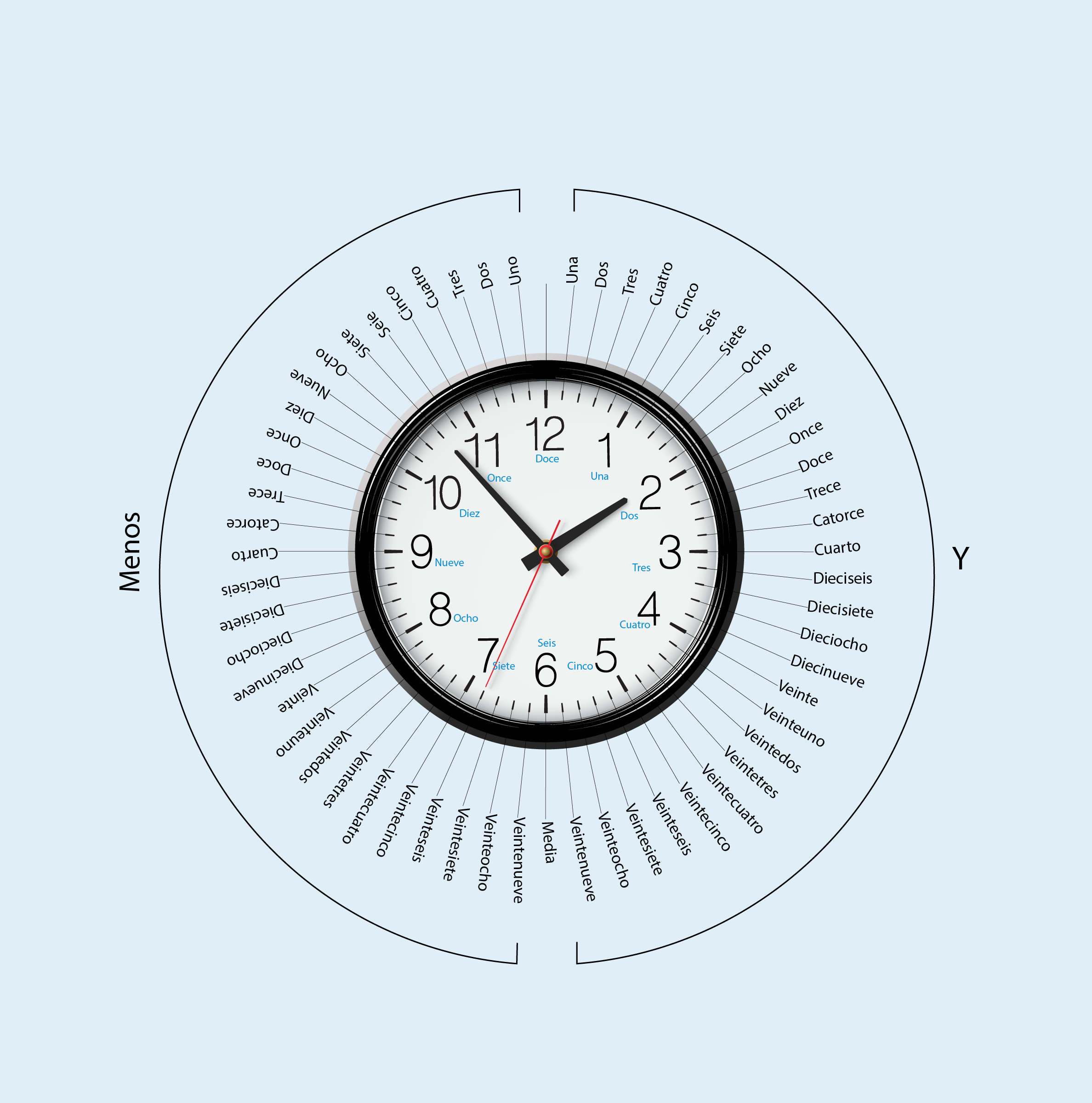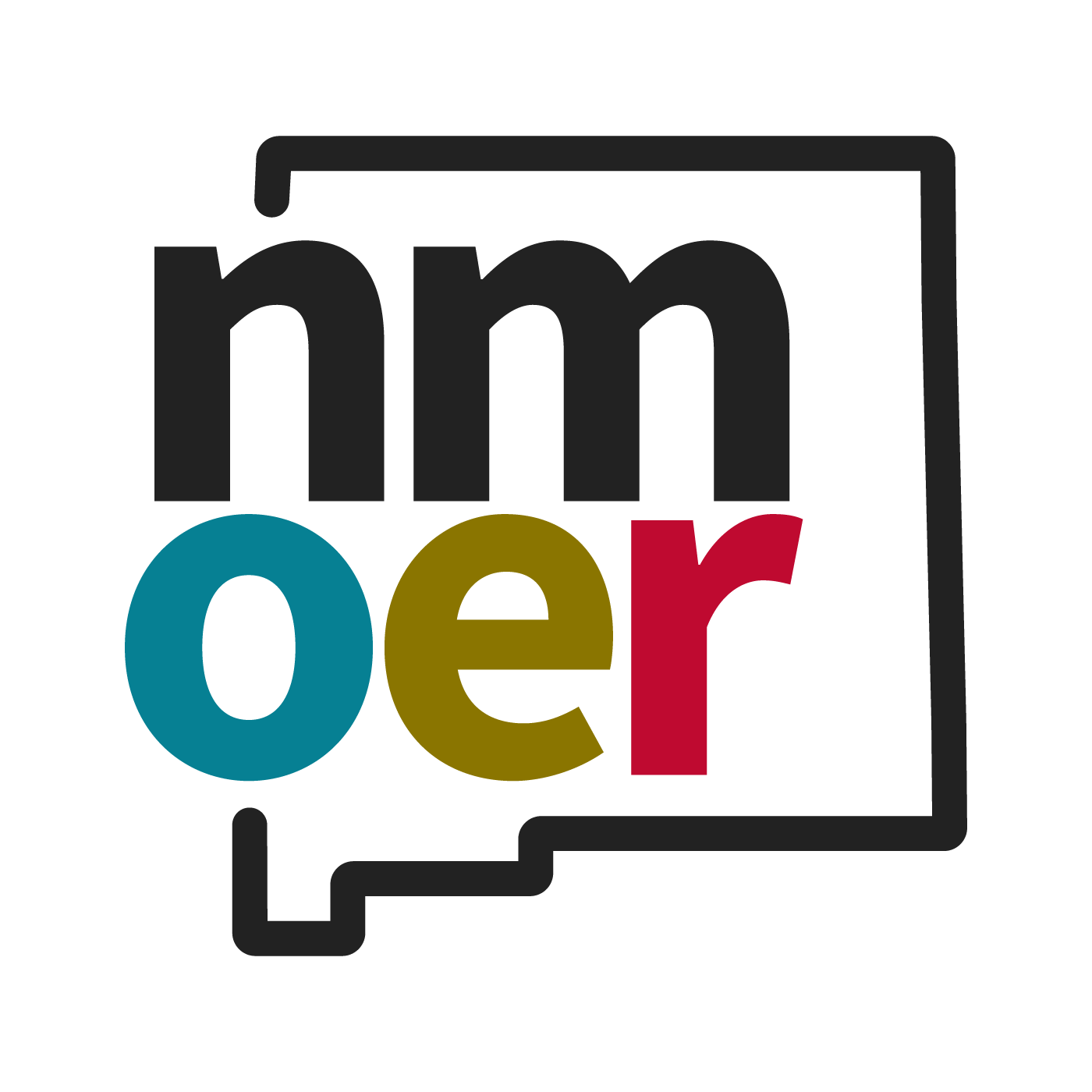Lesson 1.3
Conjugation of ‘Estar’ in the Present Indicative
| Subject (Singular) | Form (Singular) | Subject (Plural) | Form (Plural) |
|---|---|---|---|
| Yo | Estoy | Nosotros | Estamos |
| Tú | Estás | Vosotros | Estáis |
| Usted | Está | Ustedes | Están |
| Él | Está | Ellos | Están |
| Ella | Está | Ellas | Están |
Uses of ‘Estar’
Location
To describe where you or someone or something is located:
- Yo estoy en clase. (I am in class)
- CNM está en Albuquerque. (CNM is in Albuquerque)
- El teléfono está en la mesa. (The telephone is on the table)
Temporary States
To describe emotions, health, and temporary physical conditions:
- ¿Cómo estás? (How are you?)
- Yo estoy bien (I am well)
- Ella está sorprendida (She is surprised)
Ongoing actions
To describe what you or others are doing
- Yo estoy estudiando. (I am studying)
- Nosotros estamos hablando. (We are talking)
For now, the uses that will be focused on in this chapter will be temporary physical conditions. In later chapters the other uses of ‘Estar’ will be explored.
Actividades
Actividad 1.3-1 – Match use case
Please choose the image that uses the correct use of ‘estar’.
Matching activity: identify pictures that correctly illustrate uses of estar.
Actividad 1.3-2 – Multiple Choice
Multiple-choice questions on uses and forms of estar. Use arrow keys to navigate, enter to select.
Numbers
Numbers are essential in daily communication. From telling the time to saying how many people or things there are in any given situation.
| Numbers 1–5 | Numbers 6–10 | Numbers 11–15 | Numbers 16–20 | Numbers 21–25 | Numbers 26–30 |
|---|---|---|---|---|---|
|
|
|
|
|
|
When counting, ‘uno’ is used, but when describing one male object ‘un’ is used. For example ‘un gato‘ or ‘veintiun gatos‘
When describing a female object, ‘una‘ is used. For example ‘una silla‘ or ‘veintiuna sillas‘
Hay un profesor en la clase y veintidós estudiantes. (There is one professor and twenty-two students)
Frequently, when communicating with numbers, ‘hay’ is used to describe quantity.
Hay (There is/There are) – Is used when you want to give a quantity. It means both ‘There is’ and ‘There are’.
Actividades
Actividad 1.3-3 – Match use case
Match numerals with their written Spanish forms from 1 to 30.
Telling Time
Telling time in Spanish is a bit different than in English when using the numbers 1–30. Once the basic structure is understood, it becomes easier. Below is a visual of how to structure the telling of time in Spanish using the numbers 1–30.

Please note that from the beginning of the hour until ‘media’ the word ‘y’ (and) will be used. Then from ‘veintinueve’ until the end of the hour, the word ‘menos’ (minus) will be used to describe the minutes.
Also note that instead of ‘quince’ the word ‘cuarto’ will be used and instead of ‘treinta’ the word ‘media’ will be used for telling time.
The questions that are most useful when telling time are: ¿Qué hora es? (What time is it?) and ¿A qué hora es? (At what time is it?).
When answering the question: ‘¿Qué hora es?’, the verb ‘ser’ will be used. The verb ‘ser’ will agree with ‘hora’ or ‘horas’ even though those words are implicit and never spoken.
Use ‘Es la’ only when mentioning anything related to 1 o’clock.
Use ‘Son las’ for everything else 2–12.
| English | Spanish |
|---|---|
| 3:00 | Son las tres |
| 8:00 | Son las ocho |
| 1:00 | Es la una |
| 12:00 | Son las doce |
When adding minutes past the hour, please note that from the beginning of the hour until ‘media’ the word ‘y’ (and) will be used.
| English | Spanish |
|---|---|
| 5:25 | Son las cinco y veinticinco |
| 8:15 | Son las ocho y cuarto |
| 1:30 | Es la una y media |
| 10:10 | Son las diez y diez |
When adding minutes before the hour, please note that any minutes past ‘media’ until the end of the hour, the word ‘menos’ (minus) will be used.
| English | Spanish |
|---|---|
| 4:31 | Son las cinco menos veintinueve |
| 8:40 | Son las nueve menos veinte |
| 12:50 | Es la una menos diez |
| 9:45 | Son las diez menos cuarto |
When indicating whether it is ‘a.m.’ and ‘p.m.’ use the expressions
- De la mañana – of the morning
- De la tarde – of the afternoon (12 pm until dark)
- De la noche – of the night (dark–until 12 am)
| English | Spanish |
|---|---|
| 12:15 pm | Son las doce y cuarto de la tarde |
| 12:30 am | Son las doce y media de la mañana |
| 7:35 pm | Son las ocho menos veinticinco de la tarde |
| 9:45 pm | Son las diez menos cuarto de la noche |
Other vocabulary that is useful to know when expressing time.
- Es mediodía – It’s noon
- Es medianoche – It’s midnight
- En punto – On the dot
Structure when answering ‘¿Qué hora es?’:
- [Es/Son] + [la/las] + hour + [y/menos] + [de la] + [mañana/tarde/noche]
PUT que hora es activities here.
When answering the question ‘¿A qué hora es?’ (At what time is?) the structure changes. The verb ‘ser’ will be used and will agree with the event that is happening.
| At what time is… | It’s at… |
|---|---|
|
|
|
|
|
|
Structure when answering ‘¿A qué hora es?’:
- [The event] + [es a la/las] + [time] or Es a la/las + [time]
Actividades
Actividad 1.3-5 Matching
Match written times with clock faces in Spanish.
Activity 1.3-6 – Image sequencing
Place images in order to match times said in Spanish.
Actividad 1.3-7 – ¿A qué hora es?
Answer questions that begin with ¿A qué hora es? using correct Spanish time structures.
Actividad 1.3-8 – Additional practice
Additional practice activity related to Spanish time expressions.
Cultura: New Mexico and Hispanic Culture in the United States
New Mexico is an important state for Hispanic history in the United States. It was part of Mexico until the 1800s. In fact, along with New Mexico, Texas, Utah, Arizona, California, and Nevada were also fully included into Mexico’s territory before 1821. Texas didn’t become a state until 1845 which would only make it a state for 180 years out of the 249 years that the United States became a country. In many cases, political borders divided cultures, communities, and families that had been there for many hundreds of years. This is why New Mexico, just as the other states mentioned above, have such a rich Hispanic history. In the case of New Mexico just as the other states, many people speak Spanish. However, New Mexico is the only state where Spanish is used alongside English in state government functions. Because of New Mexico’s continued connection to Spanish, the traditions, the architecture, and the food demonstrate a mix of Indigenous, Mexican and Spanish cultures.

